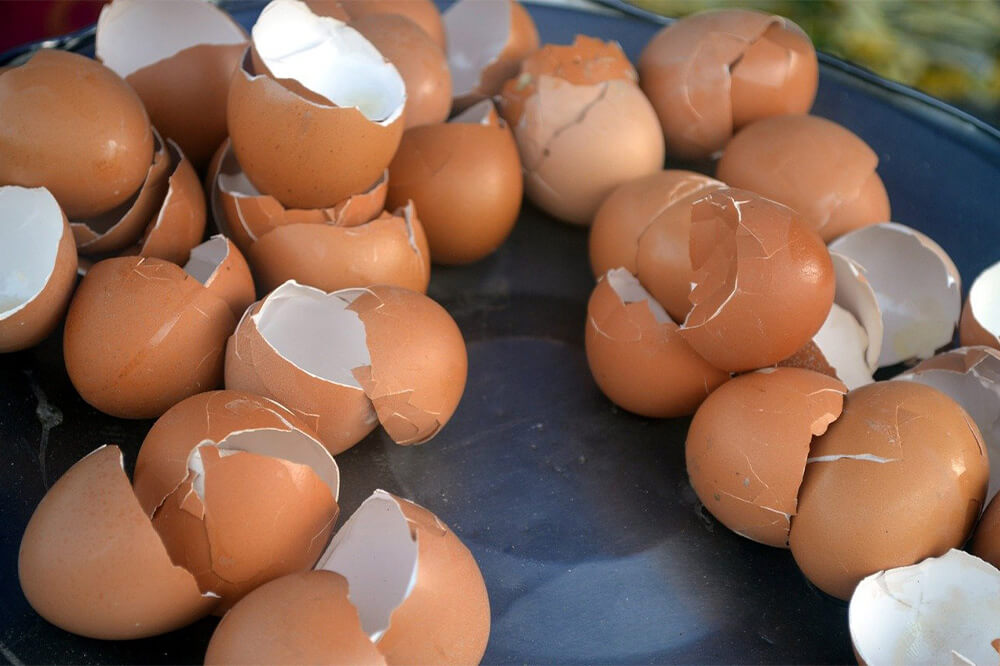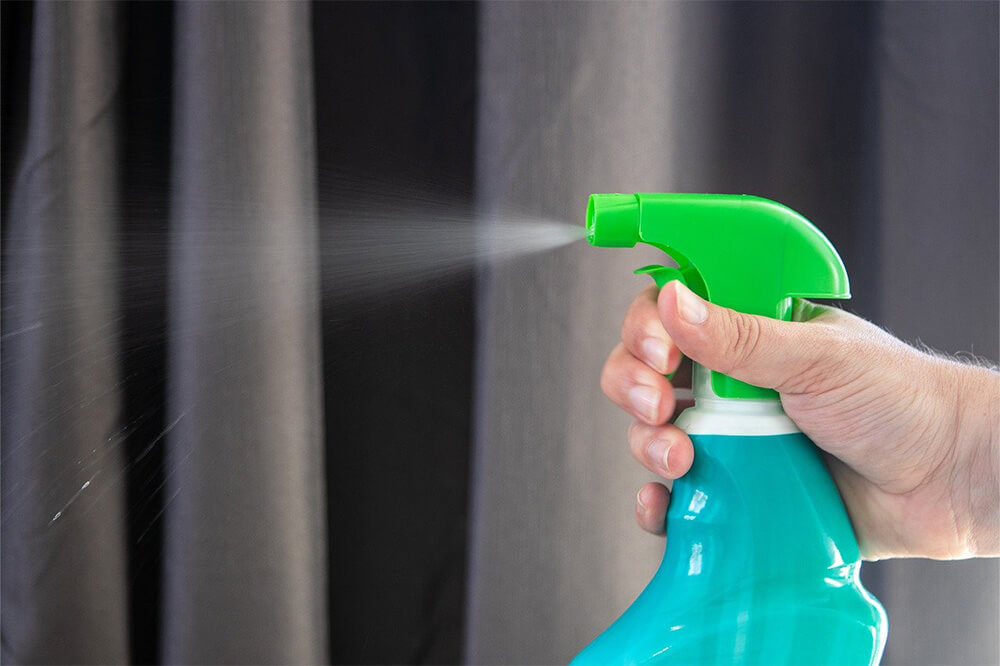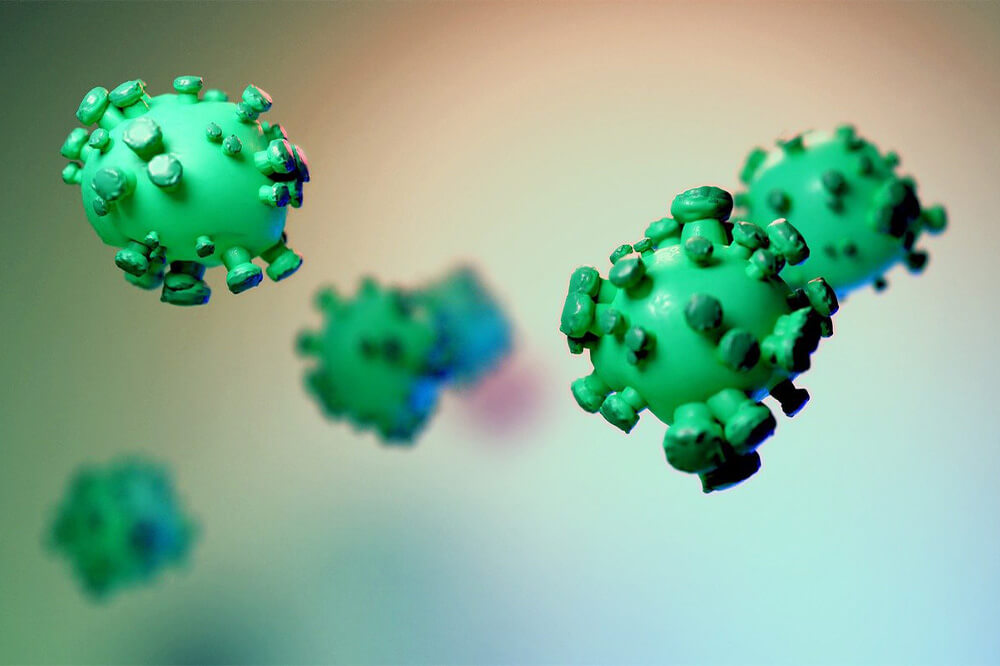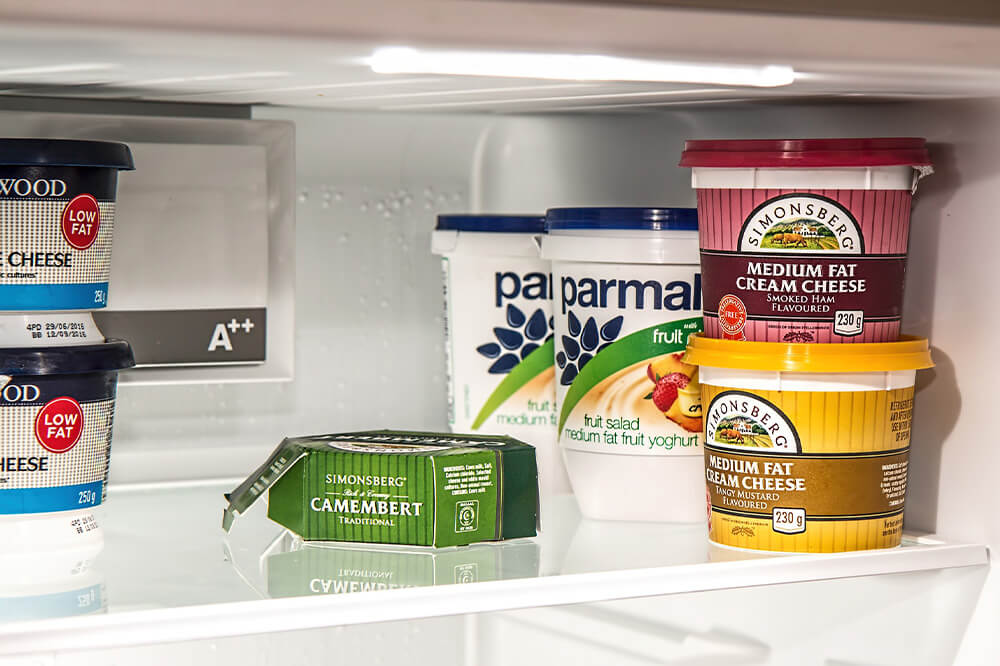Potential hazards and risks in the cooking environment
As you have already learned in this Session, good hygiene in the cooking environment is essential in order to prevent food from becoming contaminated with harmful bacteria.
There are many different hazards that may lead to food becoming contaminated and unsafe to eat. If you are able to identify potential risks when you are working with food, then hazards leading to contamination and ill health can be reduced and avoided.
Define it!
A hazard is anything that has the potential to cause harm to you or others around you. Risk is the chance (high, medium or low) that a hazard will actually cause somebody harm.
Let’s consider an example:
If there was water spilled on a kitchen floor, this is a hazard with a high risk of causing someone to slip and fall. However, if a barrier is placed around the water, the hazard still exists, but the risk of someone slipping on it is reduced.
Now click on the images below to learn more about different food safety hazards that may occur.





Physical contamination
The risk of physical contamination during the cooking process comes from physical materials in and around the cooking environment falling into or onto food and making it unsafe to eat. This type of contamination will not usually cause food poisoning, but it could cause harm to the person eating the food – for example, something that has fallen into the food could cause damage to the person’s teeth, cut their mouth or cause them to choke.
Examples of physical hazards include:
- Hairs.
- Nails.
- Buttons (from clothing).
- Plasters.
- Debris from the building (such as dust and dirt).
- Debris from equipment (such as bits of old food, glass or peeling paint/plastic).
- Debris from packaging (such as small pieces of paper, plastic, cling film or tin foil, or pieces of metal from tinned foods).
- Egg shells.
- Bones and feathers (from meat, fish or poultry).
To reduce the risk of physical contamination, you should take care to check all equipment before use – is it clean, is it in good condition? Repair or replace any equipment or utensils that are damaged or have loose parts. You should also take care when removing and disposing of packaging to make sure that none of it falls into the food that you are preparing. Where possible, food should be kept covered to stop things falling into it.
Physical contamination can also include allergens (food ingredients that people may be allergic to, such as gluten, peanuts, milk, celery and mustard) inadvertently getting into dishes from equipment and work surfaces. The presence of allergens in food has the potential to be particularly harmful to people who have food allergies or food intolerances. If food became contaminated with a particular food allergen and then served to a person who was allergic to that particular ingredient, then they could suffer a serious (potentially life threatening) reaction. You will learn more about allergies in Unit 3 of this course.
Chemical contamination
Food may become unsafe to eat if it becomes contaminated by chemicals. The risk of chemical contamination may come from:
- Cleaning chemicals/agents used in and around the cooking environment, if they are not used or stored correctly.
- Ingredients such as fruit and vegetables that are covered in pesticides or fertiliser and not washed properly before use. Plants and crops can be sprayed with pesticides in order to prevent them being eaten by insects and/or fertilisers to help them to grow bigger. Some fertilisers contain chemicals such as nitrates, phosphates and potassium – these are all toxic to humans. If humans are exposed to these chemicals in large amounts, they can cause dizziness, headaches, skin irritation, nausea, vomiting and possibly some cancers.
- Pest control products that may be used in and around the cooking environment.
Cleaning chemicals must always be stored securely and separately, well away from food, and should only be used in line with the manufacturer’s instructions. Only food safe cleaning products should be used in any cooking environment. Cleaning chemicals can transfer to food if chemical residue is not washed or rinsed away from surfaces following cleaning or if chemicals are stored incorrectly, causing them to leak into food storage areas.
Chemical contamination may also occur in food sources – for example, metals such as lead and mercury may be found in fish caught in contaminated water. This can then pass to humans if they eat the contaminated fish. Similarly, if poisonous plants (such as berries and mushrooms/toadstools) are used in cooking or come into contact with other ingredients being used, they can cause contamination. Animals may also be injected with growth hormones or antibiotics, in order to produce more meat or bi-products such as milk. These chemicals can cause harm in humans if consumed in the food that they eat.
Biological contamination
The risk of biological contamination comes from pathogenic (food poisoning) bacteria; therefore it is anything that allows bacteria to get on or into food and grow – for example:
- Coughing and sneezing – germs travel from our body onto the food.
- Handling raw meat and then cooked foods, which spreads bacteria.
- Bacterial growth in high risk foods – you will learn more about high risk foods shortly.
- Food spoilage – this is when microbes grow and multiply on food, causing it to ‘go off’ and become unsuitable for consumption.
Bacteria includes E.coli, salmonella and staphylococcus – you’ll learn more about different types of bacteria later in this Session.
Cross-contamination
When harmful bacteria is allowed to spread onto food from other food, surfaces, hands or equipment within the cooking environment, this is referred to as ‘cross-contamination’. This can cause food poisoning which in some instances can lead to very serious illness and even death in those that are vulnerable (such as the very young or the elderly).
Bacteria can be spread through:
- Unwashed clothing.
- Using the same utensils and equipment for raw and cooked foods.
- Poor personal hygiene (dirty hands, fingernails, etc).
- Poor waste control – Waste can be any item of food, ingredients, packaging or dirty cloths that are no longer suitable for use and need to be thrown away. If waste is not handled properly in the cooking environment, it can present a risk of cross-contamination (for example, bacteria from out of date or rotting food can spread to other foods – it can also attract pests to the kitchen). Effective waste control involves regularly and promptly disposing of food waste and other waste from the cooking environment. Pedal bins are the best and most hygienic option for waste, as they can be used without having to be touched with hands.
You can take the following actions to prevent cross-contamination:
- Always wear clean clothes and a clean apron.
- Follow effective handwashing techniques at all times and especially after activities that have a high risk of potentially causing contamination (for example, coughing or sneezing, handling raw meat, touching bins or waste).
- Always keep raw meat, poultry and unwashed raw vegetables separate from other foods.
- Never use the same utensils and equipment for raw food and ready to eat food, unless it has been thoroughly cleaned and disinfected first.
- Use the correct coloured chopping board (we will cover this in more detail later).
- Any surfaces that have come into contact with raw meat, poultry or unwashed raw vegetables must be thoroughly cleaned and disinfected.
- All fruit and vegetables should always be washed, especially if they are going to be eaten or served raw.
- Cloths that are used in the kitchen should be kept clean at all times; disposable cloths should be used when possible.
- Anyone who is ill should avoid any contact with food or the cooking environment.
- Take care with the way in which high risk foods are stored/handled.
- Look out for signs of food spoilage.
Food spoilage
Microbes (tiny living things that are so small, they are only visible through a microscope) are all around us – in the air, soil, water and our bodies – and they can very easily find their way into our food. In the right conditions, these microbes can multiply very quickly. When certain microbes grow on food, it can cause the food to spoil or ‘go off’ – it may begin to smell unpleasant, soften, change colour, become covered in fur, etc. When bacterial microbes are present in food, they cause it to spoil – however, there can also be pathogenic microbes and these are more dangerous and have the potential to cause foodborne illnesses and diseases.
- Bacteria – Bacteria prefer moist conditions and can live in a wide range of temperatures. In the right conditions of warmth and moisture, bacteria can multiply very quickly.
- Yeasts – Yeasts are single celled fungi which can reproduce by ‘budding’ (which means that a small bud separates from the main cell allowing the fungi to grow and spread). Yeasts are useful in some cases, for example when making bread. However, in warm, moist conditions in the presence of sugar, yeasts will cause certain foods to spoil (especially fruits, due to their sugar content).
- Moulds – Moulds are also fungi, which grow as filaments in food. Moulds reproduce by producing spores in fruiting bodies which can be seen on the surface of foods. These fruiting bodies sometimes look like round, blue, furry growths on food (for example, mould growing on bread that has spoiled/gone off).
Food spoilage can be minimised by taking the following actions to protect it from being contaminated with harmful microbes (such as bacteria):
- Store fruit and vegetables separately in tightly sealed containers.
- In refrigerators, store meats, cheeses and vegetables separately.
- Check refrigerated foods regularly and, if one food has started to spoil, remove it immediately so that the spoilage bacteria can not spread and contaminate other foods.
- Set fridge temperatures at 5°C or below; this will prevent pathogenic bacteria from growing and spreading. Use a thermometer in your fridge to monitor the temperature.
- Keep shelves inside the refrigerator clean to prevent the growth of mould.
- Keep certain food separate. Some fruits, such as apples, peaches and bananas, release a gas called ethylene when they ripen and, when too much of this gas is released, it will cause spoilage. By keeping foods that release ethylene away from foods that don’t, it can help to prevent spoilage.
